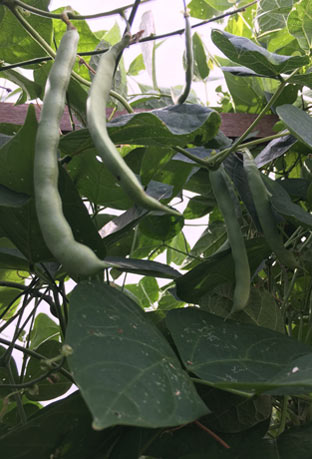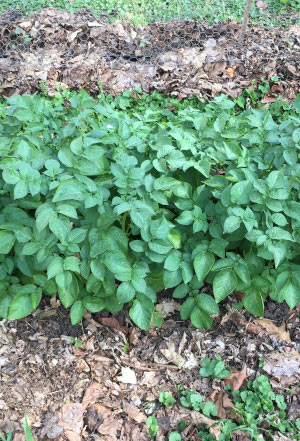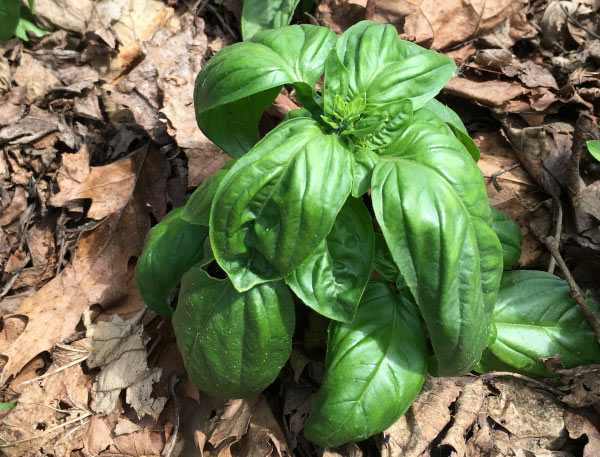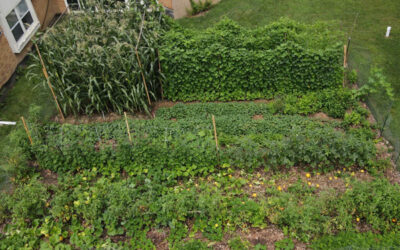High for Basil and Low for Corn?
I just read a great article on ROE by Jocelyn Engman in the May issue of The Iowa Source. What is ROE? It’s her acronym, standing for Return on Effort. She’s the very busy “Pickle Creek Girl” (as she calls herself) who, along with her husband Tim, run their company, Pickle Creek. Among other things, it sells infused, handcrafted herbs infused in olive oils. In as much as they grow and process the herbs themselves, they devote most of their week to that endeavor, then strive to grow the best food for they can for their table on weekends. Hence, what she calls her weekend garden, where she tries to be as economical and efficient with her gardening time as possible.

I love Tim and Jocelyn. I used to take my organic agriculture class to their farm for a day every year, just so the students could get some first-hand experience on a real farm. Over the course, we did the same for several other organic farms in the area. Work just a half-hour each on two different jobs in the morning, have box lunches in the shade of a big maple tree in their yard, then do two other jobs in the afternoon. By the time they had done that on about five or six different farms, they had a good introduction what organic farming work was like.
Nevertheless, I was a bit surprised by Jocelyn’s concept of what constituted a low ROE. To illustrate her point further, she considered high-ROE plants (e.g., basil) as those that are expensive to buy because they’re difficult to transport and keep fresh. High-ROE plants produce many times over a season, are easy to harvest, and are fairly resistant to diseases and pests. Her examples are greens, herbs, tomatoes, peppers, eggplants, green beans, okra, and summer and winter squash. As opposed to the low-ROE beets, turnips, broccoli, corn, melons, cabbage, and cauliflower.
Corn? High-ROE?!

What about the time involved in the effort to grow that corn? Ground prep: minimal. Planting: minimal. Yes, I do have to protect my corn from crows (with a short tent of chicken wire, when germinating), racoons (with a couple strands of electrified wire about 6 inches off the ground), and some little flycatcher birds (with bird netting, to keep them from consuming the tassel flowers). And I do fertilize them with organic fertilizer about once every two weeks. But since the plot is so small, and I enjoy the whole process so much, not to mention the grits and cornmeal, the effort seems quite minimal to me. So for me, corn is a very high-ROE garden plant. I get a year’s worth of delicious breakfast grits (fabulous for a Southerner like me) and cornbread for very little effort. Who could ask for more?
So does that make Jocelyn wrong? Of course not. She just has a very different take on self-sufficiency gardening, even though she values fresh, home-grown food just as much as I do. And you could say the same about many other gardeners, and many other aspects of home vegetable gardens.
Which is one of the things I like about it the most: there’s a zillion ways to do it.





0 Comments